Social Investment Landscape
Singapore
Summary
Executive Summary
Despite its small land size, Singapore has consistently demonstrated exemplary economic performance, with GDP growth among the world’s highest at an average of 7.7% since independence. Due to its global connectivity, generous tax incentives and ease of doing business, it is one of the top foreign investment destinations in the region, ranking 5th for global foreign domestic investment (FDI) in 2017. Innovation also remains one of the country’s key priorities and strengths with Singapore ranked 3rd in the 2018 Bloomberg Innovation Index. In 2018, Singapore start-ups raised USD 7.5 billion in funding and 75% of all start-up funding deals in Southeast Asia went through Singapore.
Climate change has always been an issue due to Singapore’s geographic landscape, size and location. Its rapidly ageing population similarly creates a new set of challenges relating to social security and health care amidst the steady decline of the total fertility rate. Improving social mobility across class divisions and reducing inequality, such as through the provision of quality education for all, are also key issues to be tackled.
As one of the regional hubs for financial investment and multinational corporations, Singapore’s social economy is noteworthy for its density of funders for social impact. Corporates are increasingly integrating sustainability into their business practices and are important supporters of social enterprises. International impact investors with operations in Southeast Asia often locate their offices in Singapore. Singapore-based family offices are also beginning to engage with the sector. Several initiatives have been launched recently to promote sustainable finance and green finance.
Singapore’s Fact File
Singapore’s 2018 Fact File
30 28 in 2016
World Giving Index Rank
Dashboard
SDG Dashboard
- An active and gracious community
- Towards a Zero Waste Nation
- “Eco Smart” Endearing Towns
- A Leading Green Economy
- A “Car-Lite” Singapore.
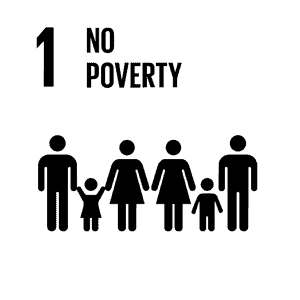
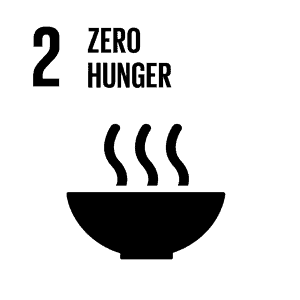
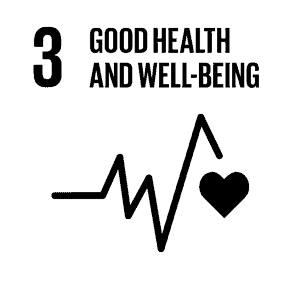







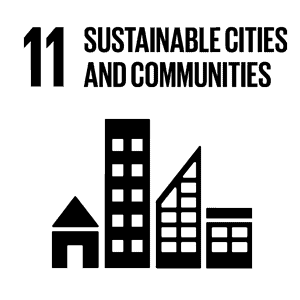
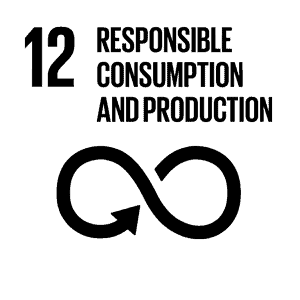
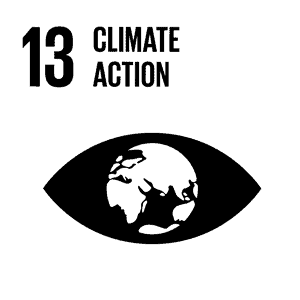

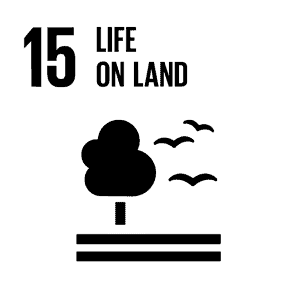


Source: sdgindex.org (2018)
Note: The “traffic light” colour scheme (green,yellow, orange, red) illustrates how far a market is from achieving a particular goal
Government Initiatives
Government Initiatives to Address Development Gaps
Climate action
SDG Goals


Gap
- In the 2018 Environmental Performance Index of 180 countries, Singapore ranks 49th overall and 134th for air quality.
- In 2018, less than 3% of Singapore’s energy came from renewable sources.
Government Initiatives
- Singapore implemented Southeast Asia’s first carbon tax in January 2019. Industrial facilities currently must pay SGD 5 (USD 3.60) per tonne of greenhouse gas emissions with plans to increase it to SGD 10-15 (USD 7.20-10.80) per tonne by 2030.
- The government designated 2018 as the Year of Climate Action. As one of its initiatives, Singapore reduced the growth allowance for private cars to zero in February 2018.
Education and employability
SDG Goals

Gap
- In the 2015 Programme for International Students Assessment (PISA) test, socioeconomic differences accounted for 17% of the variation in students’ science performance.
Government Initiatives
- In 2017, the Ministry of Education announced it will manage 50 kindergartens in the next 5 years, an increase from 15, to better ensure children have access to quality preschool education.
Social protection
SDG Goals


Gap
- Although there are no official government statistics on poverty, economists estimate that 10-14% of Singaporeans face severe financial problems and have difficulties meeting basic needs.
- A 2015 study by the Lee Kuan Yew School of Public Policy estimated that the poverty rate among the working elderly jumped from 13% in 1995 to 41% in 2011.
Government Initiatives
- Nearly 500,000 of Singapore’s Merdeka Generation (those born in the 1950s) will benefit from a SGD 8 billion (USD 5.8 billion) health care support scheme starting in June 2019.
- In 2018, the government committed to extend its Community Networks for Seniors pilot nationwide by 2020. This initiative provides greater social support for the elderly. The government also added SGD 400 million (USD 290 million) to 2 seniors-related community funds.
Social Economy
Singapore is building on its strong business environment and international attractiveness to establish itself as a regional hub for impact investing, sustainable finance and green finance
Factor
Presence, size, and maturity of SEs
Rating
◕
Description
- As of March 2018, there were 336 SEs supported by raiSE, but 73% reported annual turnover of less than SGD 200,000 (USD 145,000).
- There were 2,263 registered charities with the Ministry of Culture, Community and Youth in 2017.
Factor
Rating
◕
Description
- SEs in Singapore operate in education, training, and health and wellness with intended outcomes of employment, education and skill development.
Factor
Philanthropic contributions
Rating
◕
Description
- CFS, established in 2008, had received nearly SGD 100 million (USD 72.5 million) as of March 2018.
- CFS and NVPC’s Colabs are fostering cross-sector collaboration and knowledge-sharing for targeted philanthropy efforts.
Factor
Rating
⬤
Description
- Singapore is a regional hub with many domestic and international institutional investors and family offices engaged with impact investing.
- Asia Impact Investment Fund (AIIF) is a co-investment impact fund for high net worth families and investors led by UOB Venture Management and Credit Suisse.
Factor
Rating
⬤
Description
- NVPC’s Company of Good programme to drive corporate giving lists 51 corporate members on its website since its founding in 2016.
- Other corporate initiatives include SE support from Singtel and DBS Bank and the sustainability-linked loan by CapitaLand and DBS Bank.
Factor
Policy environment
Rating
◕
Description
- Singapore provides the highest incentives for donations in the region with both individuals and corporates qualifying for 250% tax deductions on donations to IPCs.
- raiSE provides financial and non-financial assistance to SEs and MAS has supported initiatives for sustainable finance and green finance.
Factor
Incubators, accelerators, and capacity-builders
Rating
⬤
Description
- There are numerous incubation and accelerator programmes, such as Singapore International Foundation (SIF)’s Young Social Entrepreneurs programme and Impact Hub Singapore. Singtel Future Makers and DBS support SEs and also provide funding.
Factor
Networks and platforms
Rating
⬤
Description
- Numerous platforms have been established to support stakeholder engagement in the social economy, such as NVPC Company for Good, ASFI and A4S.
Factor
Knowledge and research
Rating
⬤
Description
- Several Singapore universities conduct research on the social economy and offer SE courses, such as the Singapore Management University, NUS Asia Centre for Social Entrepreneurship and Philanthropy (ACSEP), Nanyang Technological University and Singapore University of Social Sciences.
- Other examples of SE courses include SIF’s Young Social Entrepreneurs programme and the INSEAD Social Entrepreneurship Programme.
Factor
Partnerships
Rating
⬤
Description
- Singapore has introduced several innovative finance mechanisms such as the world’s first sovereign water bond and IIX and DBS Bank’s listed social sustainability bond.
- DBS Bank and CapitaLand introduced the first sustainability-linked loan in Asia’s real estate sector.
Case Studies
Case Studies in Singapore
Reports
More Market reports
Factor
Presence, size, and maturity of SEs
Rating
◕
Description
- As of March 2018, there were 336 SEs supported by raiSE, but 73% reported annual turnover of less than SGD 200,000 (USD 145,000).
- There were 2,263 registered charities with the Ministry of Culture, Community and Youth in 2017.
Factor
Rating
◕
Description
- SEs in Singapore operate in education, training, and health and wellness with intended outcomes of employment, education and skill development.
Investors
Factor
Philanthropic contributions
Rating
◕
Description
- CFS, established in 2008, had received nearly SGD 100 million (USD 72.5 million) as of March 2018.
- CFS and NVPC’s Colabs are fostering cross-sector collaboration and knowledge-sharing for targeted philanthropy efforts.
Factor
Rating
⬤
Description
- Singapore is a regional hub with many domestic and international institutional investors and family offices engaged with impact investing.
- Asia Impact Investment Fund (AIIF) is a co-investment impact fund for high net worth families and investors led by UOB Venture Management and Credit Suisse.
Factor
Rating
⬤
Description
- NVPC’s Company of Good programme to drive corporate giving lists 51 corporate members on its website since its founding in 2016.
- Other corporate initiatives include SE support from Singtel and DBS Bank and the sustainability-linked loan by CapitaLand and DBS Bank.
Enablers and Intermediaries
Factor
Policy environment
Rating
◕
Description
- Singapore provides the highest incentives for donations in the region with both individuals and corporates qualifying for 250% tax deductions on donations to IPCs.
- raiSE provides financial and non-financial assistance to SEs and MAS has supported initiatives for sustainable finance and green finance.
Factor
Incubators, accelerators, and capacity-builders
Rating
⬤
Description
- There are numerous incubation and accelerator programmes, such as Singapore International Foundation (SIF)’s Young Social Entrepreneurs programme and Impact Hub Singapore. Singtel Future Makers and DBS support SEs and also provide funding.
Factor
Networks and platforms
Rating
⬤
Description
- Numerous platforms have been established to support stakeholder engagement in the social economy, such as NVPC Company for Good, ASFI and A4S.
Factor
Knowledge and research
Rating
⬤
Description
- Several Singapore universities conduct research on the social economy and offer SE courses, such as the Singapore Management University, NUS Asia Centre for Social Entrepreneurship and Philanthropy (ACSEP), Nanyang Technological University and Singapore University of Social Sciences.
- Other examples of SE courses include SIF’s Young Social Entrepreneurs programme and the INSEAD Social Entrepreneurship Programme.
Factor
Partnerships
Rating
⬤
Description
- Singapore has introduced several innovative finance mechanisms such as the world’s first sovereign water bond and IIX and DBS Bank’s listed social sustainability bond.
- DBS Bank and CapitaLand introduced the first sustainability-linked loan in Asia’s real estate sector.
















